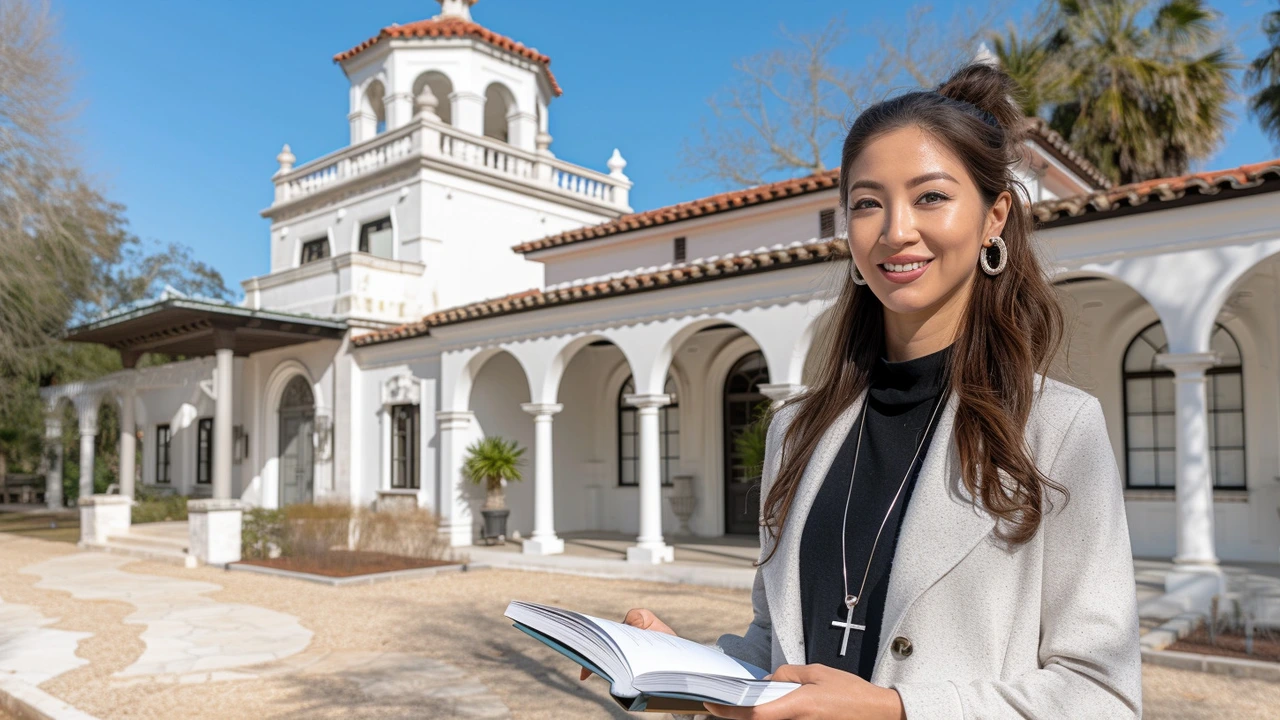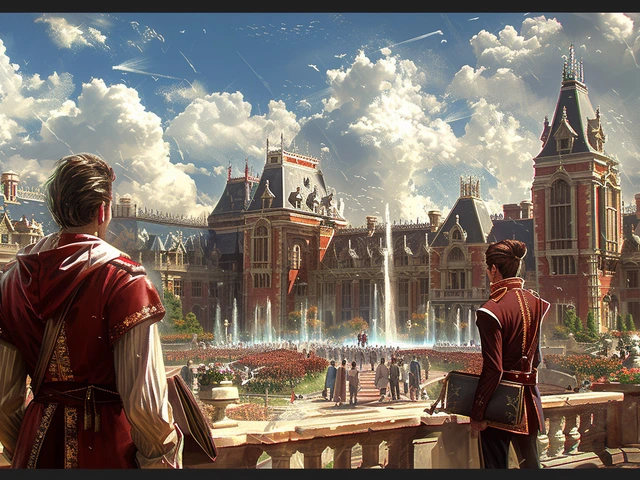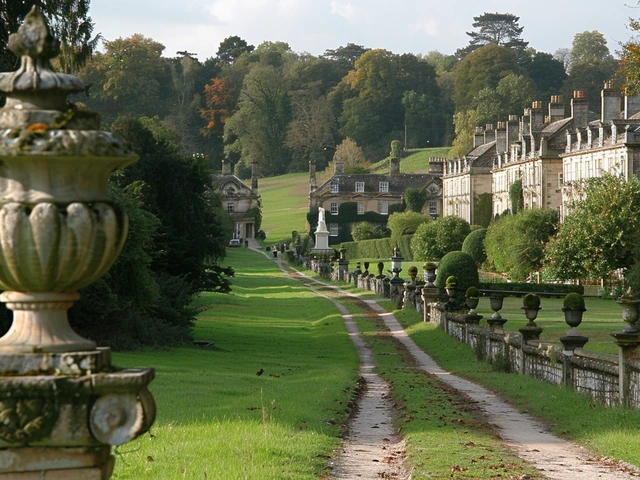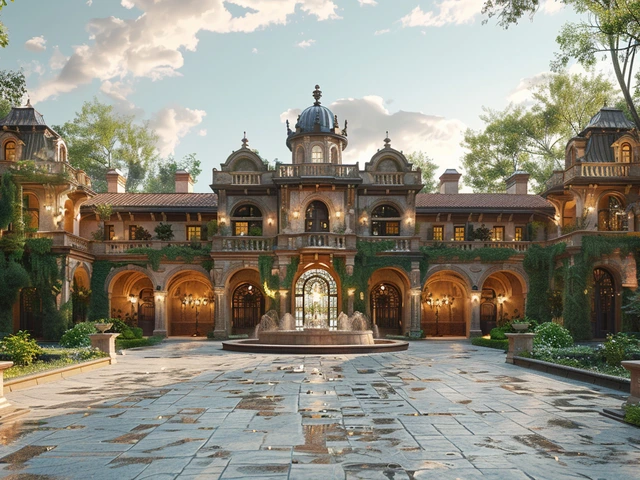Introduction to Postmodern Architecture: Setting The Stage
I remember the first time I stumbled upon a building that was clearly a product of postmodern architectural design. I was meandering through the city streets of Adelaide utterly fascinated by the symphony of different architectural styles around me. Then, out of nowhere, a peculiar edifice arose, defiant of uniformity. It was an audacious structure, a tantalizing compilation of seemingly disjointed elements and could not be ignored. Indeed, my stomach lurched with the unique blend of excitement and confusion that only such an unconventional sight could provoke. What was this architectural paradox that planted itself in the heart of conventional brick and mortar? The answer was postmodern architecture.
Postmodern Architecture: An Act of Insurgence
Formally introduced in the mid-20th century, postmodern architecture represents a critical challenge to the stark uniformity of modernism. Imagine a world dominated by smooth, identical builds, lacking in personality, as if each building were made from an architect's version of a cubist's mold. Then, enters these audacious structures, breaking norms with their asymmetrical forms, vibrant colors, and playful applications of classical elements. It was as if the architects and designers were rebelliously smashing the mold, liberating buildings, and echoing the cry, "architecture, express yourself!"
With its eclectic blend of contradicting elements and structural complexities, postmodern architecture reflects the diversity and ever-changing nature of our societies. It renders a canvas showcasing various facets of our lives, and dare I say, an architectural diary holding the key to our collective identity. It is not merely about brick-and-mortar edifices but rather a reflection of our dreams, beliefs, and cultural ethos.
Unveiling Postmodernism: Exploring Its Underpinnings
Peeling back the layers, I discovered that postmodernism tells a story beyond what the eyes can see. It's as if each feature invites us to look closer and engage with the creative minds behind these structural masterpieces. The unorthodox use of materials, for example, dares us to reimagine the possibilities in the average. A bright pink facade, a broken pediment here or a curvaceous roofline there—each flirtatious feature encourages our minds to explore, to question, to imagine. Even today, while watching the playful curves of the Adelaide Festival Centre or the vibrant facade of the Carousel Pavilion, I couldn't help but marvel at the audacity of these structures in challenging the status quo and radiating their unique identity, just as we humans dare to be different.
Postmodern Architecture: A Canvas for Cultural Reflection
Postmodern architecture serves as a mirror depicting the social, cultural, and aesthetic forces of its era. For instance, consider how the structures in Adelaide mingle traditional architectural elements with whimsical twists, showcasing our city's historical roots clothed in contemporary attire. Traditional columns burst into color, classic pediments crack open to reveal startling asymmetry or familiar building shapes melt into asymmetrical silhouettes—these playful alterations each bear a deeper connotation, expressing change while respecting continuity, embodying both our past heritage and current aspirations. Funnily enough, it's almost like seeing a quiet granny sporting a punk hairstyle, don't you think?
Postmodern Architecture: A Love Letter to Organic Forms
Postmodernism also exhibits a deep love for nature-inspired designs. As I walked around the Adelaide Botanic Garden, I spotted the Bicentennial Conservatory, a splendid postmodern spectacle of tubular steel and glass. Its unique, sleek, organic form, inspired by the flora and fauna enclosed within, left me bewitched. It dawned on me then - the genius of postmodern architecture lies in its ability to integrate organic forms with industrial materials creating an intricate dance between the natural and the man-made.
Indeed, this stylistic freedom to incorporate natural elements and soften the harsh lines of industrialization is one of the hallmark features of postmodern architecture, reflecting the evolving societal ethos towards a more sustainable and harmonious coexistence with our environment.
Final Thoughts: A Legacy of Daring and Diversity
Postmodern architecture, in its playful defiance of established norms and conventions, leaves a legacy of daring and diversity. It provides a profound testament to human creativity and our collective evolution. It is an unending quest to find unity in diversity, order in chaos, and a conversation between contrasts. It's perhaps, the most accurate reflection of us, human beings—complex, colourful, contradictory, and yet, beautifully harmonious in all our differences.
So yes, while some might grumble about its bizarre style or label it as a rebellious teen phase of architecture, I firmly believe that postmodern architecture offers us more than what meets the eye. It invites us to question, to explore, and most importantly, to embrace our unique identities and celebrate our evolving societies. It reflects our humanity in all its glorious contradictions and paints an enriching, exciting, and bold landscape, one that we can all proudly call our own. Because in the end, isn't that what our societies are—a beautiful mosaic of unique elements harmoniously unified?





Leave a Comments